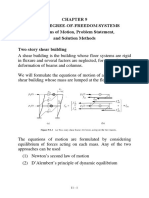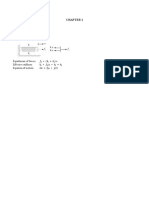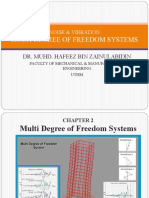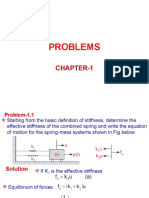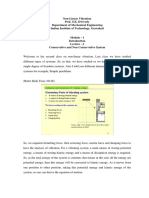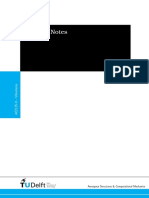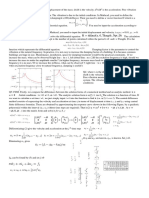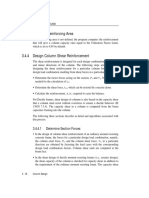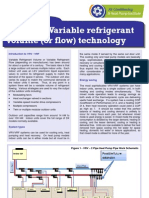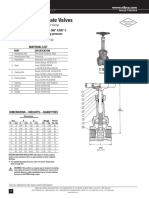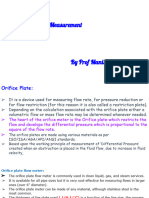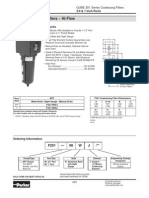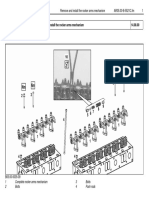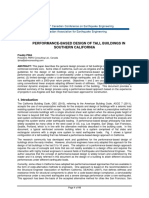0% found this document useful (0 votes)
21 views30 pagesLecture 11-Tutorial Solution
The document provides a tutorial on formulating equations of motion for multi-degree-of-freedom (MDOF) systems, detailing the types of forces involved and methods for deriving the equations. It includes specific examples, such as a damped spring-mass system and a two-storey shear building, illustrating the dynamic equilibrium and the relationships between forces, displacements, and accelerations. The tutorial also discusses the use of d'Alembert's Principle and flexibility methods to establish the equations of motion in various structural scenarios.
Uploaded by
angus5012Copyright
© © All Rights Reserved
We take content rights seriously. If you suspect this is your content, claim it here.
Available Formats
Download as PDF, TXT or read online on Scribd
0% found this document useful (0 votes)
21 views30 pagesLecture 11-Tutorial Solution
The document provides a tutorial on formulating equations of motion for multi-degree-of-freedom (MDOF) systems, detailing the types of forces involved and methods for deriving the equations. It includes specific examples, such as a damped spring-mass system and a two-storey shear building, illustrating the dynamic equilibrium and the relationships between forces, displacements, and accelerations. The tutorial also discusses the use of d'Alembert's Principle and flexibility methods to establish the equations of motion in various structural scenarios.
Uploaded by
angus5012Copyright
© © All Rights Reserved
We take content rights seriously. If you suspect this is your content, claim it here.
Available Formats
Download as PDF, TXT or read online on Scribd
/ 30
